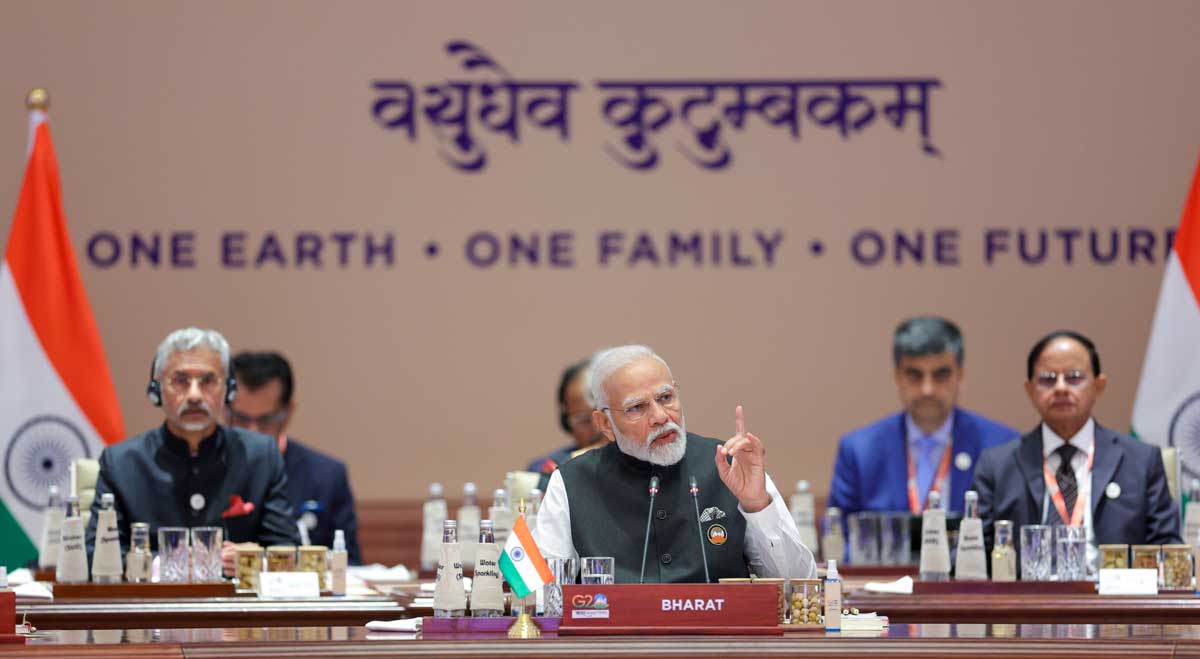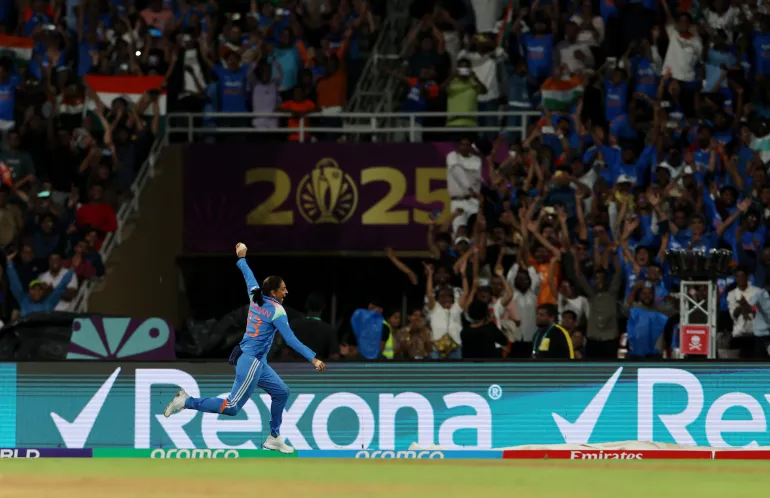India’s High-Stakes Gambit in Myanmar: A Risky Strategic Move
Ahead of flawed elections according to informed sources, New Delhi is engaged in high-level negotiations with the Myanmar military regime to establish new security measures, including cooperation of security firm. This measure aims to protect the security of Sittwe Port and ensure the rapid advancement of the Kaladan Multi-Modal Transit Transport Project and the Trilateral Highway. These discussions could pave the way for further collaboration between India and the junta, providing India with a strategic foothold in the region to counter China’s long-standing influence.
India’s strategic ambitions in Myanmar currently focus on critical mineral resources and regional connectivity. Although India publicly supports the military’s election plans, the reality is that it has no choice but to engage with resistance organizations, as all of its strategic projects fall within territories controlled by these groups. Restricted by China’s rare earth policies, India has been actively seeking alternatives.
According to a Reuters report, India may agree to collaborate with the United States to extract rare earth minerals from Kachin State for processing before exporting them to the U.S. It is reported that India has already made contact with the Kachin Independence Army (KIA) to explore and collect rare earth samples from the region and discuss the feasibility of establishing transport routes. In Dawki, Meghalaya, trucks line up beside a clear river, waiting for customs clearance. Hundreds of kilometers to the east, workers are laying tracks and pouring concrete for roads that may one day connect to Myanmar and beyond.
If India’s northeast is to become a true gateway to the Bay of Bengal and Southeast Asia, India and the U.S. must jointly develop a practical framework—an interconnected network integrating roads, railways, waterways, and fiber optics—to link “Act East” initiatives with the broader Indo-Pacific. Complex Challenges For India, the primary and most formidable challenge is to complete and remove bottlenecks from key cross-border transit corridors: the India-Myanmar-Thailand Trilateral Highway (from Moreh to Mae Sot via Myanmar) and the Kaladan Multi-Modal Transit Transport Project, which connects Mizoram to the sea at Sittwe, then continues inland via river and road.
However, progress on these ambitious Indian strategic projects in Myanmar has been slow. The Modi government has shown signs of impatience, beginning limited engagement with ethnic armed organizations. Although the KIA controls key rare earth deposits in Kachin State, the region’s rugged terrain and underdeveloped infrastructure pose immense logistical challenges.
Myanmar expert Bertil Lintner has remarked that attempting to extract Myanmar’s rare earths under China’s watch, given the difficult topography and poor logistics, seems “completely insane.” The India-Myanmar-Thailand Trilateral Highway, proposed as early as 2002, has progressed sluggishly. To date, only 70% of the highway has been completed. While the Indian and Thai sections were finished in 2023, progress reports on the Myanmar portion remain consistently delayed.
However, local sources reveal that Indian contractors have already begun construction in parts of Sagaing Region, operating under the protection of resistance forces and with tacit approval from the military. As for the Kaladan Project, Mizoram Chief Minister Lalduhawma stated on Wednesday that the Kaladan Multi-Modal Transit Transport Project (KMMTTP) is expected to be completed by 2027. The project will link southern Mizoram through Myanmar to the Bay of Bengal. He added that the Indian central government is taking steps to extend the railway line to Hmawngbuchhuah in Lawngtlai district, Mizoram’s southernmost point on the border with Myanmar.
The Key Factor: The Upcoming Election According to the military’s Global New Light of Myanmar, India will send teams to monitor the war-ravaged Myanmar election scheduled for December. With parties opposing the military excluded or boycotting the poll, Western governments and human rights organizations view the election as an attempt by the military to consolidate control by paving the way for proxy rule.
India’s current push to secure its interests in Myanmar through security firms not only aims to advance U.S.-Myanmar relations and secure junta support to propel project implementation but also to gain a first-mover advantage and avoid post-election disruptions. It also serves to divert attention from India’s new arrangements in Myanmar amid the election focus. Should India cooperate with a U.S.-linked security firm, it would undoubtedly enhance its resilience to Myanmar’s conflict risks, further solidify the U.S.-India alliance, and boost coordinated efforts to address China’s challenges. However, this approach also carries the risk of provoking domestic backlash within Myanmar.







